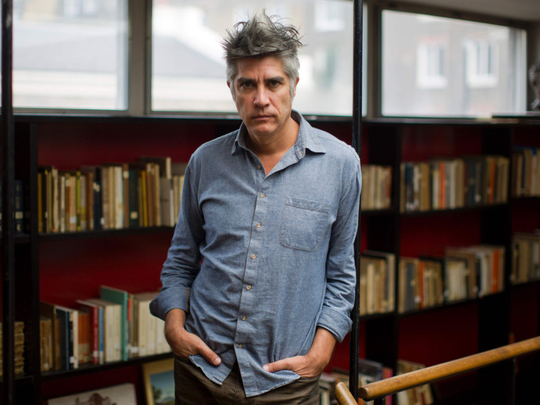
Award-winning Chilean architect Alejandro Aravena has built a global reputation not by designing prestige buildings but by creating social housing, distancing his craft from purely aesthetic concerns.
Following the 2010 earthquake in his country, Aravena, 48, masterminded the reconstruction of Constitucion, a coastal town devastated by six-metre tsunami waves that followed the shock.
His work has been honoured with the 2016 Pritzker Prize, considered the equivalent of a Nobel in architecture, and Aravena will be the director of the Venice Biennale for architecture this year.
“When we started working on social housing in 2000, we had never thought in ethical or moral terms. We never claimed to have moral superiority,” he said during a recent visit to London.
“We are not particularly good beings, we are good professionals. Social housing poses complex questions, and the response needs more quality than charity,” he said.
Who’s afraid of social housing?
A graduate of the Pontifical Catholic University of Chile and a visiting professor at Harvard University, Aravena has designed social housing in several Chilean towns including Santiago, as well as in Monterrey, Mexico.
In 2001, he set up the architecture firm ELEMENTAL, which has produced more than 2,500 units of affordable housing.
The Pritzker jury said his work “shows how the best architecture makes people’s lives better”.
Aravena said he was concerned that some of the big names in his field were afraid of social housing.
“The difficulty with social housing is that there are many variables at play that you can’t control,” he said.
It is also the type of project that is not well paid.
“As it’s a project for inexpensive housing, you’re expected to do it for nothing,” he added.
The Chilean said architecture should not be simply devoted to aesthetics. “Architecture should give form to the places where we live, it’s as easy and as difficult as that.”
‘Every crisis is an opportunity
What is needed is “architecture capable of taking into account many dimensions”, he said, citing inequality, segregation, security, pollution, traffic and immigration.
“If not, architecture is only responding to aesthetic criteria, without taking into account the basic necessities, and finds itself on the cultural pages of newspapers,” he said.
The destruction left by the 2010 earthquake was followed by a swell of civil society participation in the reconstruction, Aravena said.
Hundreds were killed in the quake and subsequent tsunami, which ravaged a stretch of Chile’s northern coast.
“It’s a cliché, but every crisis is an opportunity to be seized. In towns in particular, great changes don’t happen in normal times. But in a town that’s 80 per cent destroyed, we can ask ourselves what must change, something that’s impossible in normal times,” he said.
“On these occasions, one of the keys is to ask the inhabitants. If their participation is well-organised, that will save time and money.
“It’s the first thing we learned” in Constitucion, he said.
“The second is that every earthquake in Chile has taught us something. But in the face of a tsunami, we didn’t know what to do,” he said.
Aravena is due to receive the $100,000 Pritzker award and bronze medallion at a ceremony at the UN headquarters in New York on April 4.
The jury said: “His built work gives economic opportunity to the less privileged, mitigates the effects of natural disasters, reduces energy consumption and provides welcoming public space”.








